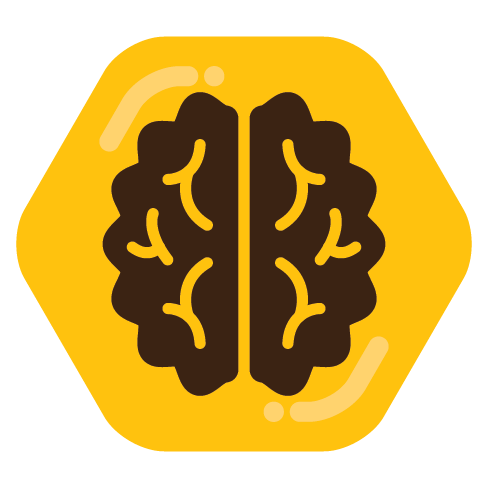

Ok, burn it all down. The whole planet. Maybe next time it’ll be better.


Ok, burn it all down. The whole planet. Maybe next time it’ll be better.


So that definitely means his administration will not continue military support, because that man is the biggest liar in history.


I’m a software engineer with pretty severe ADHD, and I wrote an email service that helps a lot:
https://sciactive.com/2023/07/17/the-best-email-for-those-who-struggle-with-organization/


Never thought I’d see Trump dethroned by an even bigger idiot.


Technically?
No.
Excuse me, it’s Muphry’s Theory. It hasn’t been proven enough to be a scientific law.


Racism, mostly.


Do yourself a favor and download MusicBrainz Picard.

Everything Musk says is a lie, just like his boyfriend, Trump.


Miraculous Ladybug. Such a dumb show, but I like it. It’s definitely a villain of the week show with a magic fix everything button.


deleted by creator


Bad ones, sure. Wait, no, even bad ones sell. They’re just wrong.
He would be second in line to the presidency. That’s a scary thought, but honestly, could he be worse than Trump or Vance?
Edit: never mind, he’s not qualified to be president.
That’s cool. I’d love to see that turned into a game, just to explore the scenes.


I guess you can’t see if your eyes are closed.


Believe the mass graves and filled ERs.


Fox News tells you not to believe your eyes, and conservatives trust Fox News more than their own eyes.


This is good. We need more GUI tools to keep the noobs out of the terminal. Not only because that gives a better impression, but it also protects them from doing a command wrong and really hurting something.
It was tongue in cheek, man. Call down.